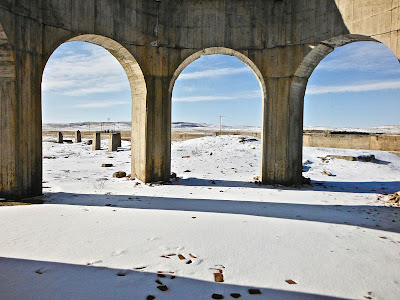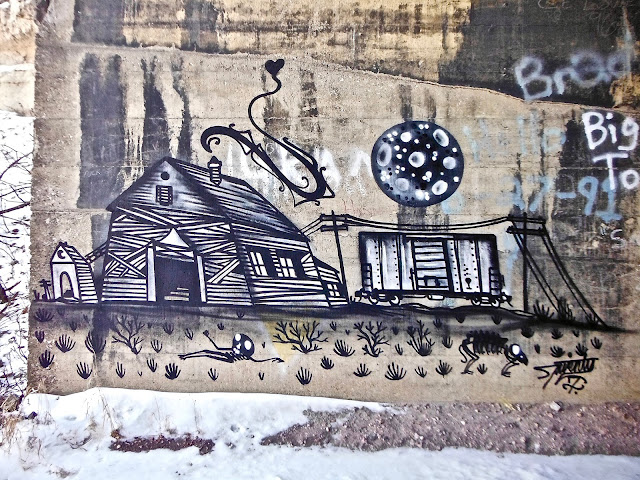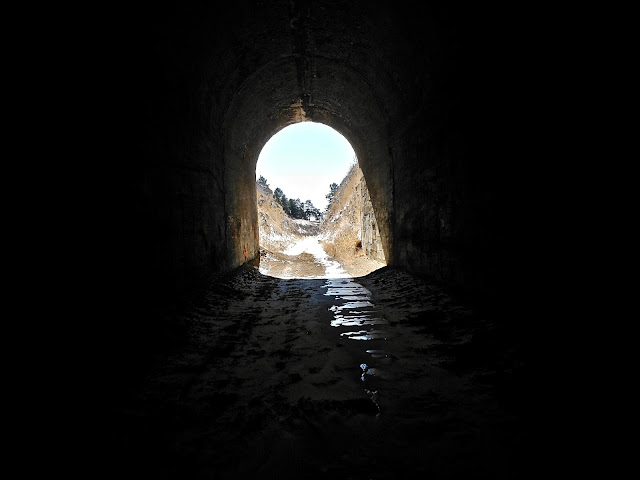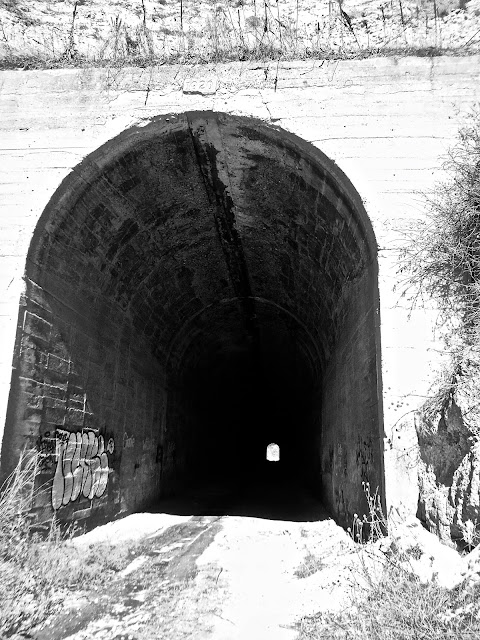Here is a sneak peek at what is coming soon! Here are the ruins of....... Stay tuned to find out the story behid this place!!
Search This Blog
Monday, April 30, 2018
Sunday, April 29, 2018
Exploring Trip #8 Antioch, NE
Nebraska is a land of untold tales. I found another amazing abandoned place. This one’s history is more unique than any other place I’ve explored. Each time I explore a new place, it becomes another exciting adventure.
This is the story of a booming business town in Nebraska: the little town of Antioch located in Sheridan County. In less than a year later, it went from being a sleepy little town to becoming the leading potash producer in the world! Antioch was very small. During this time there was a church, schoolhouse, a store, and homes.
There were many fights between companies who were trying to obtain the rights to lakes nearby. At the peak of the town, the potash production reached 100 tons of product per day. Due to all the factories, Antioch became a business town. This led to the addition of company stores and houses to accommodate over 2,000 new workers.
This is the story of a booming business town in Nebraska: the little town of Antioch located in Sheridan County. In less than a year later, it went from being a sleepy little town to becoming the leading potash producer in the world! Antioch was very small. During this time there was a church, schoolhouse, a store, and homes.
Potash is used in many things from fertilizers, fire extinguishers, textiles, medicine and other uses. Potash is also known as the water-soluble form of potassium. It is mined and mixed with manufactured salts. Potash can be produced in a few different ways. It can be found in deposits left behind by ancient seas. Which Nebraska is known for being located underneath an ancient sea at one time. The other method was to burn wood until it became boiling. The resulting lye left over is the potash.
Things started to change for the town when two chemistry students from the University of Nebraska at Lincoln found a way to extract potash from the alkaline lakes located in the sand hills which Antioch rests upon. Potash became a massive industry in North America between the late 1700s and early 1800s.
When WWI started Antioch got it’s moment to shine. Most of the U.S. potash trade came from Germany at this time. During WWI we were fighting with Germany and that meant our potash inventory ran out. As a result, Antioch became the leading producer of potash in the world. When the year 1918 rolled around, Antioch had five potash plants operating around or in the town.
After WWI ended, things started to decline for Antioch. The U.S. resumed trade with Germany and regained their original supplier because it was cheaper to import than to manufacture it in Nebraska. It took just a few short years for the potash plants to go from employing much of the area to being out of business altogether. The ruins of Antioch were placed on the national register of historic places in 1979. What remains is the two separate sites with ruins of the potash plants of Antioch.
When I traveled to Antioch, I found myself once again feeling alive. That is because the most beautiful things in life are not associated with money. They are the memories and moments we treasure. If you don't make those amazing experiences for yourself they will pass you by.
If you are enjoying my stories feel free to enter your email and press the follow button so you can stay up to date on my stories. Thanks for reading stay tuned for more.
If you are enjoying my stories feel free to enter your email and press the follow button so you can stay up to date on my stories. Thanks for reading stay tuned for more.
Friday, April 6, 2018
Urban Exploring #7 Belmont, NE
As I set off across Nebraska I take road less traveled. I find myself getting lost among the endless hills and plains in Nebraska until I traveled to the furthest northwest corner of the state. There I found small mountains and canyons. There was a need for a railroad tunnel to cut through this rugged landscape. Therefore the Belmont trail tunnel was born and is the only train tunnel ever built in Nebraska.
During the years of 1888-1890 the beautiful Belmont tunnel was constructed. This tunnel is located in Belmont, Nebraska. The Burlington Northern railroad was trying to build tracks that would connect with the Chicago and Quincy Railroad. This also gave them a junction point in Alliance, Nebraska. Belmont started off as a railroad camp. The camp was made up of over a thousand tents and special wooden structures called boarding shanties. This camp became what is now known as Belmont. The town was a big rail stop for passenger trains traveling to the Black Hills in South Dakota. Belmont’s post office opened on November 9, 1889 and it closed in 1957. During the town’s peak there were about 80 people living there during the early 1920's. There where a whopping 28 buildings which included; two stores, a telephone office, pool hall, lumberyard, ice house, grain elevator, saloon, potato cellars, and a machine shop. Currently what’s standing is the Belmont school, which someone converted into a private residence. In addition two other houses still stand abandoned.
All around when there is not a sound, the train tunnel speaks because it has a story to tell as well. The tunnel is 750 feet long, or about 12 train car lengths. It was said to be an incredible feat of engineering at the time. Belmont's tunnel was considered the utmost importance to the point that there were guards standing there around the clock during WWI. The tunnel was widened and repaired and then renovated from 1919-1920. A symbol of that renovation is still seen on the top of the entrance to the tunnel with the year 1920 in bold on it. Only one worker died in the renovation period when there was a cave in. That said to be the only person ever hurt during the whole history in construction of the tunnel. The railroad stopped passenger services in 1969 and this is led to the decline of the city the closing of the Belmont's train depot. Freight trains continued to run until 1982. During the 1980's double tracking became standard. The railroad built its double tracking adjacent to the Belmont tunnel. "According to the Nebraska Trailblazer No. 10 from the NE State Historical Society, "Nebraska is flat, with no mountains and few hills". It was essential to build a railroad tunnel. Nebraska does have mountains I have seen them in the furthest corner of the Nebraska panhandle there are mountains big enough with canyons and caverns for train tunnel was needed. There is only one photo taken of a passenger trail on these tracks posed just before the tunnel. The Burlington Northern Railroad Alliance division, stopped just before the north entrance of the tunnel on July 1, 1966, so the passengers on board could see the view. In addition there are huge hills on the other side of Nebraska in Crofton. I went to go see Nebraska's abandoned ski resort, be sure to check out that story as well if you haven't. Belmont's tunnel was used was 93 years. Now it stands frozen in time. It’s a well kept secret that is preserved perfectly.
Please be sure to hit the follow button on the right hand side of my home page.
If you haven't followed my other social media please do as well! Every follower counts!
Stay tuned for more content in the near future!
Subscribe to:
Posts (Atom)





























